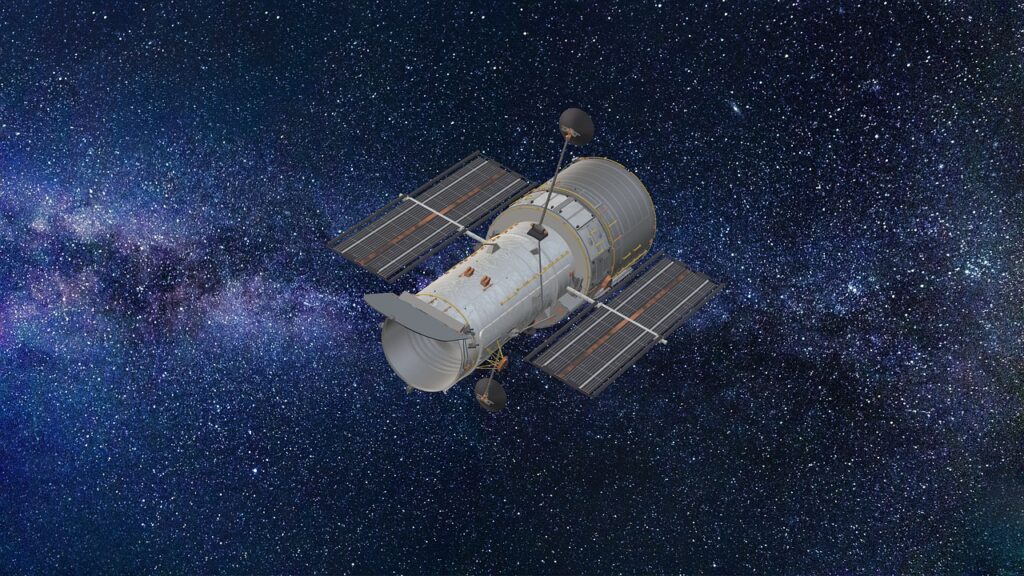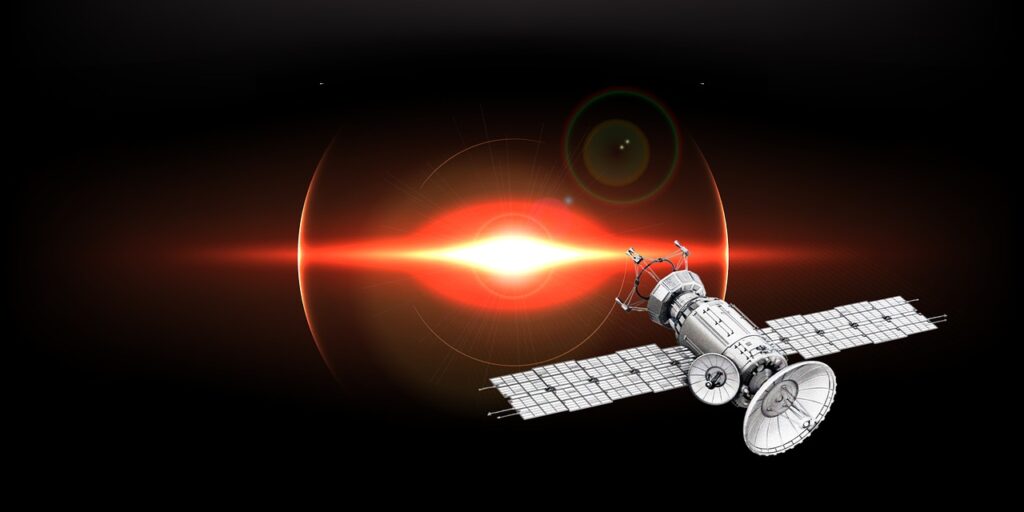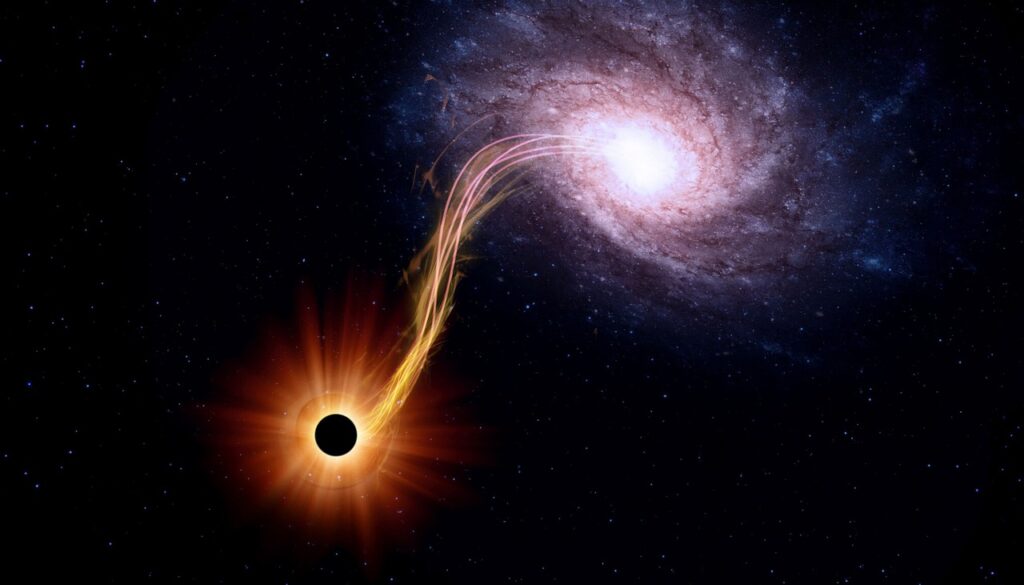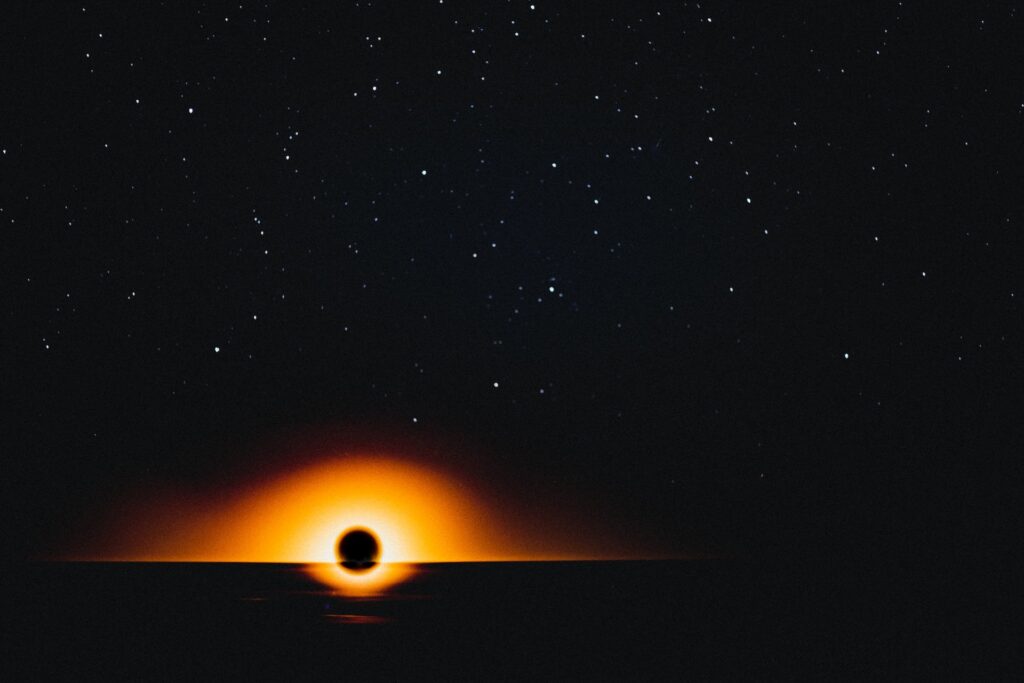For centuries, human imagination has been captivated by the universe’s wonders and mysteries. There is much to discover and explore, from the origins of the universe to the nature of dark matter and dark energy. The Great Observatories – Hubble Space Telescope, Chandra X-ray Observatory, and Spitzer Space Telescope – have been instrumental in solving some of the Mysteries of the Universe and making exciting discoveries.
In this blog post, we will take a journey through the Great Observatories and beyond to explore some of the universe’s most fascinating phenomena. We will delve into the age of the universe and how it began and evolved, the role of black holes and galaxies, the search for exoplanets and the potential for finding life beyond our solar system, and the mysteries of the universe that continue to elude us. So, fasten your seat belts, and let’s embark on this incredible journey together!
The Great Observatories
The Great Observatories – Hubble, Chandra X-ray Observatory, and Spitzer Space Telescope – have revolutionized our understanding of the universe and opened new doors to discovery. These observatories, each with its own unique capabilities, have enabled us to observe the universe in ways that were once impossible.
Hubble Space Telescope

Since its launch in 1990, the Hubble Space Telescope has been instrumental in studying the universe. It has captured stunning images of galaxies, stars, and nebulae, as well as valuable insights into the universe’s evolution. The Crab Nebula, the remains of a supernova explosion that occurred over 900 years ago, is one of its most famous discoveries.
The Hubble Space Telescope has also helped us better understand cosmic microwave background radiation, the oldest light in the universe and a source of information about the universe’s origins.
Chandra X-ray Observatory
The Chandra X-ray Observatory, launched in 1999, has been crucial in studying the high-energy phenomena in the universe. It has detected X-rays from black holes, neutron stars, and supernova remnants, providing us with insights into these mysterious objects.

Chandra has also been instrumental in studying galaxy clusters, revealing the presence of dark matter, an invisible substance that makes up most of the universe.
Spitzer Space Telescope

Spitzer Space Telescope, which was launched in 2003, has played an important role in studying the universe in the infrared spectrum. It has captured images of galaxies and star-forming regions, providing insights into the formation of the early universe. Spitzer has also discovered exoplanets, or planets outside our solar system, by employing the transit method, which involves detecting a slight dip in the brightness of a star as a planet passes in front of it.
The Great Observatories have also been crucial in studying dark matter and dark energy, two mysterious substances that make up most of the universe’s matter and energy. The observatories have helped us understand the distribution of dark matter in the universe, and the role it plays in shaping the structure of galaxies and galaxy clusters. They have also revealed the presence of dark energy, which is driving the accelerated expansion of the universe.
In conclusion, the Great Observatories have played a critical role in expanding our understanding of the universe and making ground-breaking discoveries that have transformed our understanding of the cosmos.
Also read : The World of the Mysterious and Elusive Planet 9
The Big Bang theory
The Big Bang theory is the most widely accepted model for the origins and evolution of the universe. This theory holds that the universe began in a hot, dense state and has since expanded and cooled. The Great Observatories have made significant contributions to understanding the early universe and providing evidence for the Big Bang theory.
Among one of the most important pieces of evidence supporting the Big Bang theory is cosmic microwave background radiation. This radiation is the oldest light in the universe, having been detected by the COBE, WMAP, and Planck satellites only 380,000 years after the Big Bang. The Great Observatories, such as the Hubble Space Telescope, have also contributed to our understanding of the cosmic microwave background radiation, providing us with a more complete picture of the early universe.

One of the most exciting discoveries related to the origins of the universe is cosmic inflation. This theory suggests that the universe underwent a brief period of exponential expansion in the first fractions of a second after the Big Bang. The theory of cosmic inflation was first proposed in the 1980s, and the Great Observatories have since provided valuable evidence supporting this theory.
The Great Observatories have played an important role in the search for exoplanets, in addition to studying the early universe. Exoplanets are planets discovered outside our solar system that have expanded our understanding of the universe and the possibility of life beyond Earth. Kepler-186f, the first Earth-sized exoplanet discovered in a star’s habitable zone, was discovered by the Kepler Space Telescope, a NASA mission launched in 2009.
In summary, the Great Observatories have played a crucial role in our understanding of the universe’s origins and evolution, providing evidence for the Big Bang theory, studying the early universe, and making groundbreaking discoveries such as cosmic inflation and exoplanets.
Black holes, supernovae, and galaxies
The Black holes, supernovae, and galaxies are all fascinating objects in the universe, and the Great Observatories have played a significant role in studying them.
Black Holes
The intense gravitational pull of Black holes traps even light, making them some of the most mysterious objects in the universe. The Great Observatories, such as the Chandra X-ray Observatory, have aided in the study of black holes and their properties, providing insights into the physics of these objects and their impact on the surrounding universe.

Supernovae

Supernovae are explosive events that mark the end of a star’s life. The Great Observatories have played a crucial role in studying supernovae, including the discovery of a bright supernova in 1987 that was visible to the naked eye. This supernova, known as SN 1987A, provided valuable insights into the properties of supernovae and the processes that occur during the death of a star.
Galaxies
Galaxies are massive groups of stars, gas, and dust held together by gravity. The Great Observatories were instrumental in the study of galaxies, including the discovery of thousands of galaxies beyond our Milky Way. The Hubble Space Telescope has captured breathtaking images of galaxies, including the spiral galaxy M101, revealing details about their structures and evolution.

Galaxy mergers, where two or more galaxies combine, are also an essential area of study. These mergers can result in the formation of new stars and black holes, and the Great Observatories have provided valuable insights into this process.
In summary, the Great Observatories have played a crucial role in our understanding of black holes, supernovae, and galaxies, providing insights into the physics of these objects and their impact on the surrounding universe. The discovery of thousands of galaxies and the importance of galaxy mergers highlights the ongoing importance of studying these objects.
Exoplanets
Another fascinating area of study that the Great Observatories have contributed to is exoplanets, or planets outside our solar system. Exoplanet discovery has transformed our understanding of the universe and our place in it.

The Great Observatories have made significant contributions to the discovery of exoplanets, including the Hubble Space Telescope’s discovery of Kepler-186f, the first Earth-sized planet discovered in the habitable zone of a star outside our solar system. Other exciting discoveries include 1 Pegasi b, Kepler-16b, and TRAPPIST-1, a star system with seven potentially habitable Earth-sized planets.
The search for life beyond our solar system is a fascinating area of study, and the Great Observatories have contributed significantly to this field. The search for life involves looking for planets with conditions that could support life, such as those in the habitable zone of a star. The Great Observatories, such as the Spitzer Space Telescope, have studied exoplanet atmospheres to look for signs of life, such as the presence of oxygen and water.

In conclusion, the discovery of exoplanets and the search for life beyond our solar system are fascinating areas of study, and the Great Observatories have contributed significantly to this field. The potential for finding life on other planets is an exciting prospect, and ongoing research in this area will undoubtedly continue to provide valuable insights into the mysteries of the universe.
Also read : Space Exploration : Latest Developments and Future
Mysteries of the Universe
The universe is full of mysteries that continue to intrigue and inspire scientists and researchers around the world. In this section, we will discuss some of the most significant mysteries of the universe and the role that the Great Observatories have played in exploring and understanding them.
The origin of the universe is one of the greatest mysteries in the universe. The Big Bang theory explains the origins of the universe, but there are many unanswered questions about the nature of dark matter and dark energy. The Great Observatories have played an important role in the investigation of these mysterious phenomena, providing valuable insights into the fundamental nature of the universe.
The greatest human mystery is perhaps the nature of consciousness or the origin of life. These questions continue to fascinate and challenge scientists and researchers around the world. The Great Observatories have played a critical role in exploring these mysteries, providing valuable data and insights into the origins of life and the nature of consciousness.
Conclusion
In conclusion, the mysteries of the universe are vast and complex, and the Great Observatories have played a critical role in exploring and understanding them. From studying the early universe and the cosmic microwave background radiation, to exploring black holes, supernovae, galaxies, and exoplanets, the Great Observatories have provided invaluable data and insights into the fundamental nature of the universe.
Through their groundbreaking discoveries and ongoing research, the Great Observatories have helped unveil some of the universe’s most profound mysteries, such as the nature of dark matter and dark energy, the origins of the universe, and the search for life beyond our solar system.
As we continue to learn and explore, we must remember the importance of the Great Observatories and their contributions to our understanding of the universe. We can continue to inspire future generations of scientists and researchers to pursue knowledge and exploration by encouraging curiosity and awe about the mysteries of the universe.
